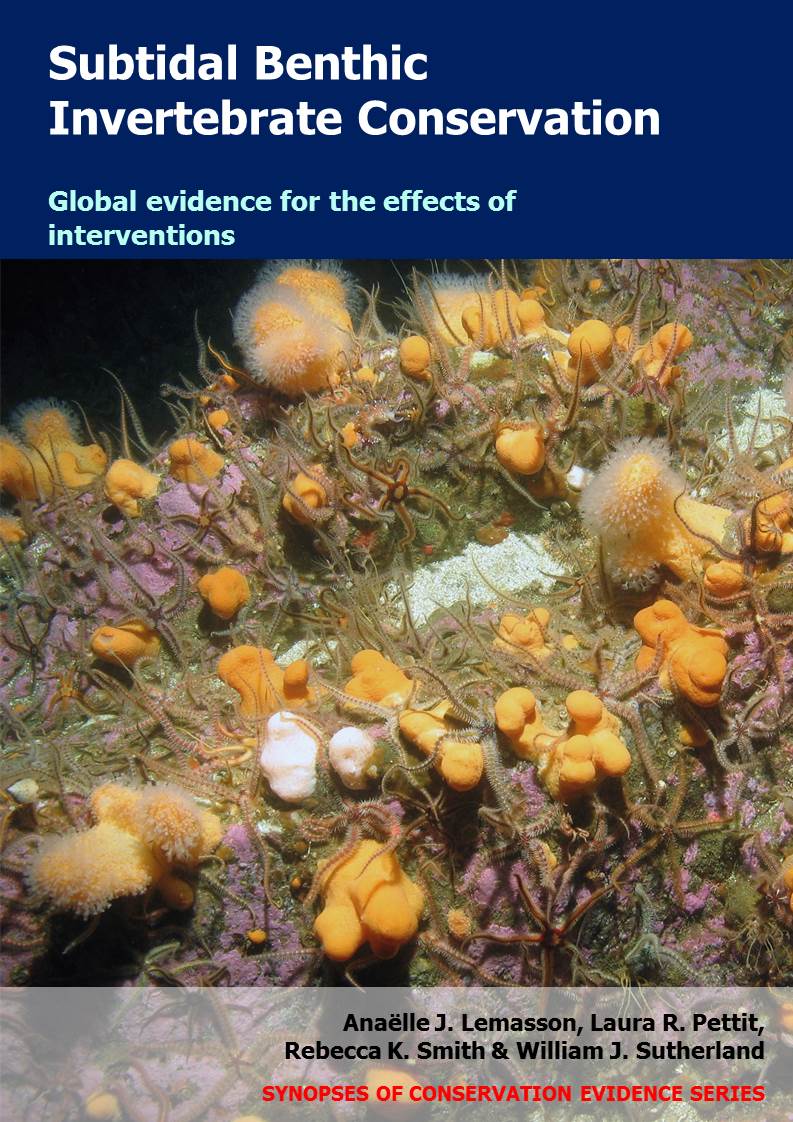Cease or prohibit marine mining
-
Overall effectiveness category Unknown effectiveness (limited evidence)
-
Number of studies: 1
View assessment score
Hide assessment score
How is the evidence assessed?
-
Effectiveness
70% -
Certainty
31% -
Harms
0%
Study locations
Supporting evidence from individual studies
A site comparison study in 1986–1993 of two sites of mixed seabed in the northeastern Bering Sea, Alaska, USA (Jewett & Blanchard 1999) found that ceasing gold mining at a site led to invertebrate community composition, biomass, abundance, taxa richness and diversity becoming similar to that of an unmined site, after three to five years depending on the sediment type. Community composition at the mined site had become more similar to that of the unmined site after four to five years in sandy sediments, and three years in cobbly sediments (presented as graphical analyses). In sands, invertebrate biomasses were similar to unmined sites after four years, and abundances, number of taxa and diversities were similar after five years (richness mined: 27, unmined: 33; see study for biomass, abundance and diversity data). In cobbles after three years, mined and unmined sites had similar invertebrate biomasses, abundances, number of taxa (mined: 29, unmined: 39), and diversities. An area was mined for gold in June–November 1986. Yearly in 1987–1991 and in 1993, one site in the mined area and one unmined site approximately 10 km away were surveyed. Each site had areas of sandy and areas of cobbly sediments. During each survey, divers collected three samples/sediment type/site using a suction sampler (0.1 m2, 10 cm depth). Invertebrates (>1 mm) were identified, counted and wet-weighed.
Study and other actions tested
Where has this evidence come from?
List of journals searched by synopsis
All the journals searched for all synopses
This Action forms part of the Action Synopsis:
Subtidal Benthic Invertebrate Conservation





)_2023.JPG)














